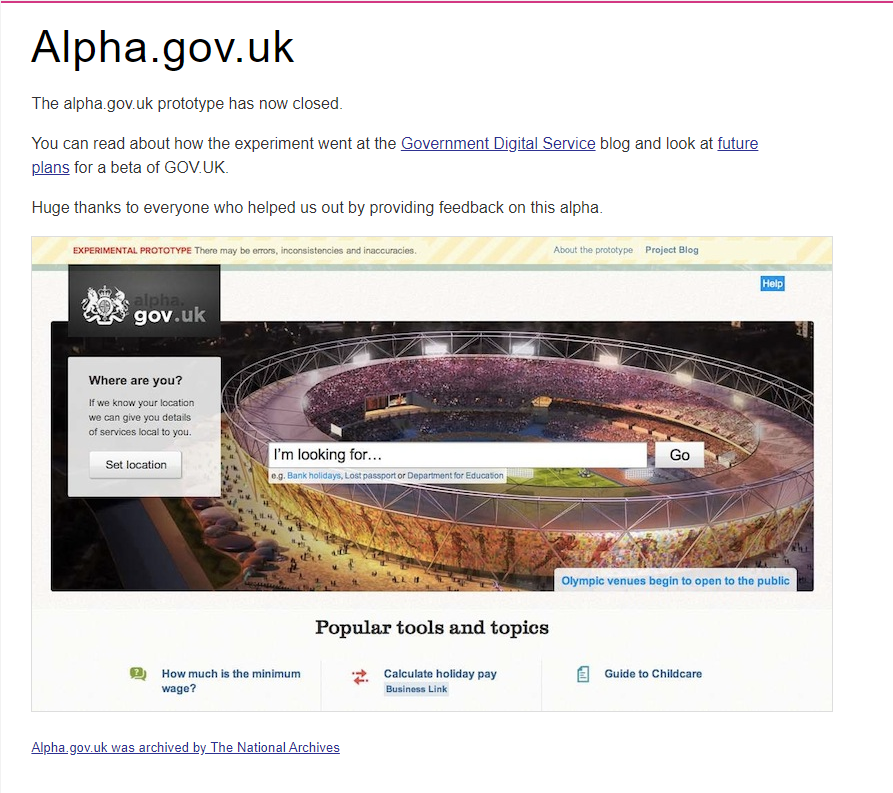From the Complex Sprawling Nonentity (CSN) to the Minimum Viable Product (MVP)
Over more than two decades working in the public sector I have witnessed several large digital projects that have never really delivered. They tend to start with high ambitions, gather lots of ideas about what they will achieve, and then set out to achieve it all.
At some point along the journey (usually after a few milestones have been missed), there will be a time of reflection, assessment and then, after descoping, the project is sanctioned to continue. Afterall, so much finance, energy, time - and hopes and dreams - have already been invested. This “Complex Sprawling Nonentity” (CSN) can result in years of developer effort taken away from solving the daily issues of the organisation. If it does deliver, too often this is to an evolved user base who now need something rather different.
Instead, changing the focus to one of delivering a Minimal Viable Product (MVP) ensures something useful is delivered without too great an initial investment. The MVP then serves the function of eliciting user feedback which can be used to develop the product further - or bin it, if that is what the feedback says!
Like the CSN, the MVP draws on an understanding of what the user wants. However, this research is more penetrative, digging further into what the users actually need, what they do and, importantly, why. This information is often summarised in user stories. By delivering a core requirement, simply and quickly - the U.S. Digital Services Playbook states “no longer than three months from the beginning of the project” - the MVP addresses a user need in a timely way.
I am interested in exploring what MVPs look like in the wild, and in considering the application of this concept in projects that are not necessarily digital. In later iterations of this post (see the next sections or future posts), I will review real-world and theoretical MVPs. I am also going to try to use the approach to address a common CSN of my own - the issue of writing for assignments. Therefore, this first section of this post was created to solve for the following user story:
As an instructor I need to observe my student’s understanding of the MVP concept so that I can determine their comprehension of the topic
A example MVP: alpha.gov.uk
NB: This section uses links to archived websites which will probably be slow to load
As a student of Digital Transformation I need to describe the MVP of gov.uk so that I can cement my understanding of the MVP concept
The first release of the new website from Government Digital Service (GDS), alpha.gov.uk was an MVP based on user needs analytics of existing government digital services. This effort identified that a candidate product would allow citizens to report a lost passport, search for the dates of national holidays, as well as linking to existing services on the “official” government website, direct.gov.uk. 
The prototype site offered a search option as its core function, where the existing direct.gov.uk, offered a list of links to different functions and departmental sites. To me, this is much like walking into a reception and going to a main desk to ask for help, rather than having to identify which of 20 or more desks is the correct one to approach.
Now that the service was running, users could interact and provide feedback. This is when the real user understanding can begin because, with the product in their hands so to speak, users can say what they really want to do and what the outcomes of those actions should be. All these intputs, from users and experts, are essential to developing the next iteration of the service.
By pushing out a live MVP so quickly, the GDS was opening itself up to highly qualified criticism as well potentially creating confusion in their early adopters. However, I find such transparency a refreshing alternative as a user who has waited years to access core digital services in my workplace. I also wonder if I should be using this approach more this researcher who has struggled to gain traction with . I also wonder if the MVP concept is applicable in (largely) non-digital domains.
Comments powered by Disqus.